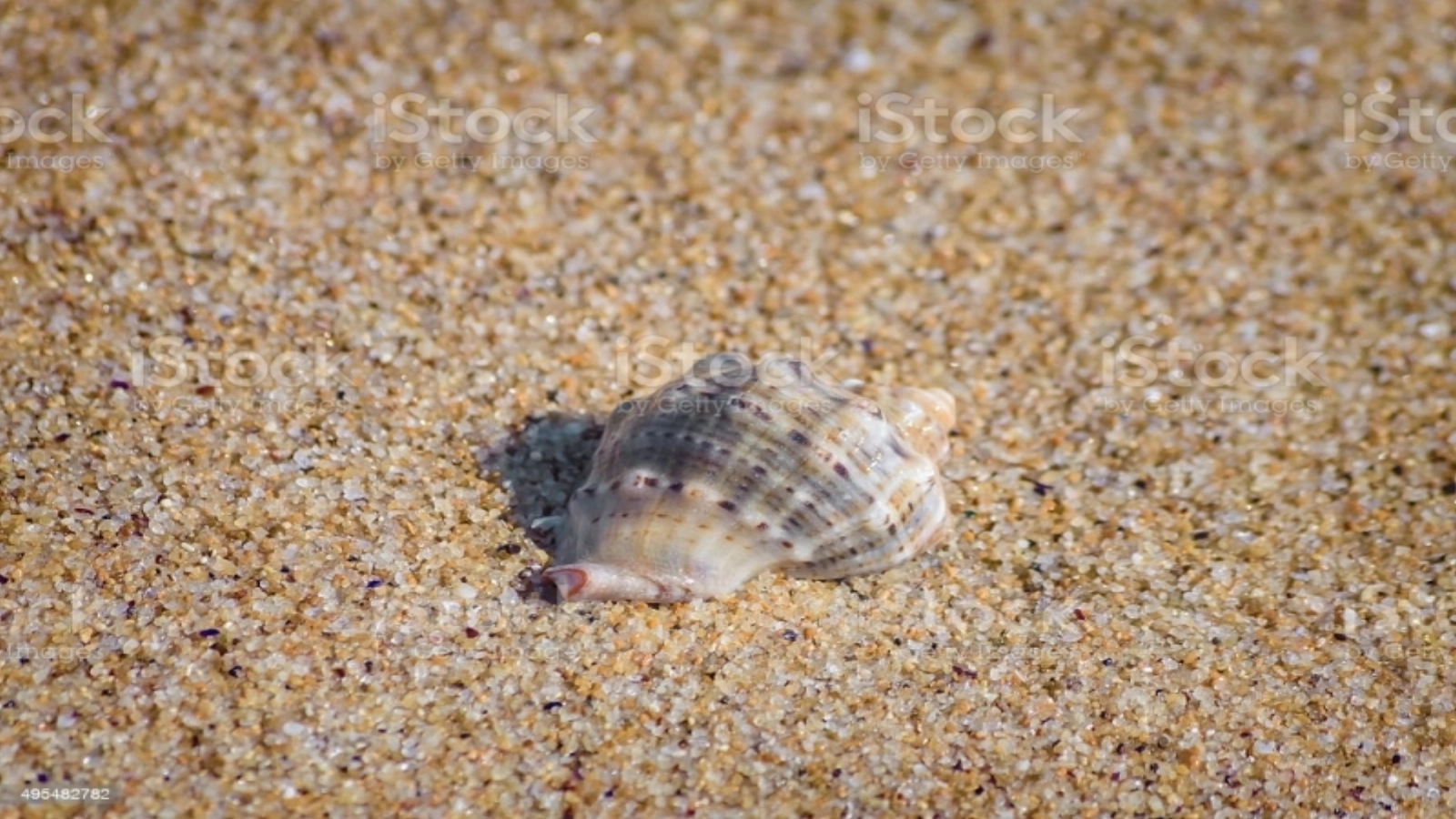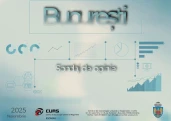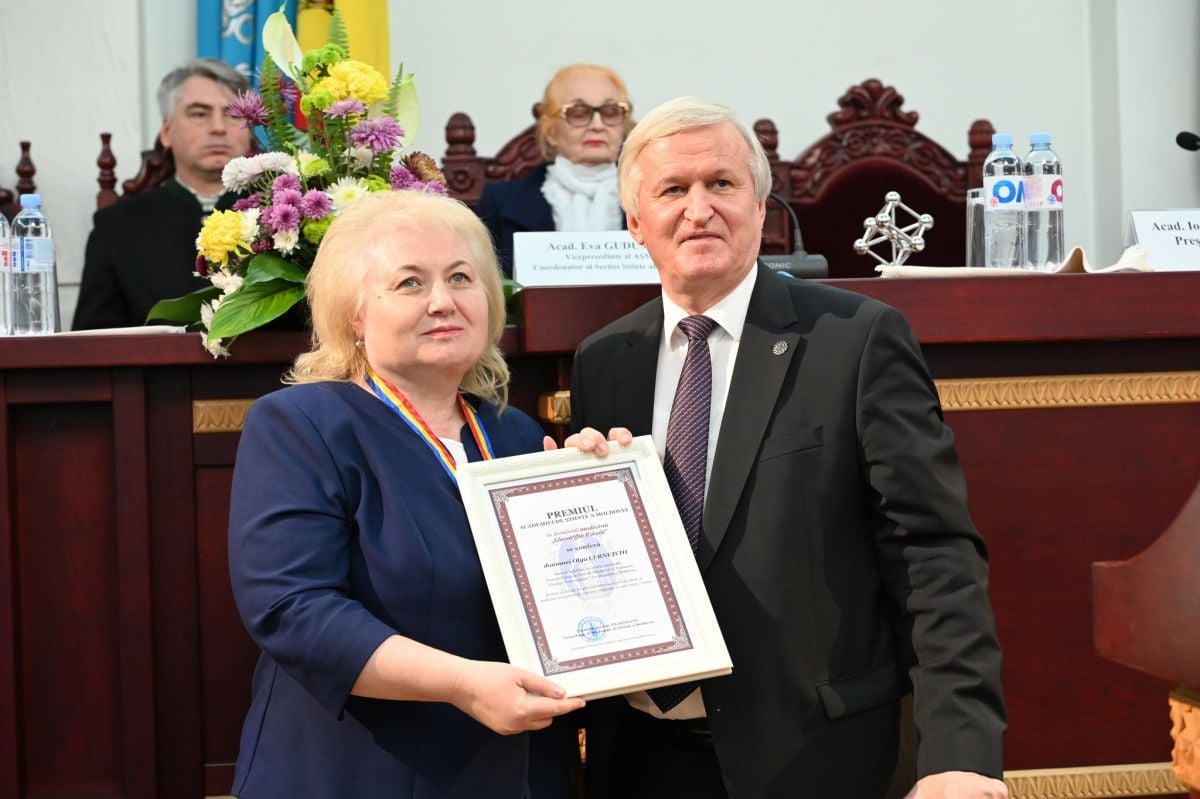Biologists with Constanta-based Grigore Antipa National Institute for Marine Research and Development (INCDM) has launched a national programme to survey and assess the quality and quantity of Black Sea rapa whelk (Rapana venosa) stocks financed by General Fisheries Commission for the Mediterranean (GFCM) under the BlackSea4Fish European project, according to Agerpres.
According to INCDM Director General Simion Nicolaev, the ongoing research programme, carried out by the six riparian states, marks the first step towards the rational management of the veined rapa whelk population, an invasive gastropod that has become an important economic resource for the region. Buttressing the assessment will be data collected during over 300 trawls.
During the research expeditions on the territorial waters, data will be collected that will provide an estimate of the distribution, abundance, size and age structure of the rapa whelk population and stocks in the Black Sea.
"Given the high variability of catches and population structure recorded in different areas of the Black Sea, Romania has supported the idea of deepening knowledge of stocks, population structure, distribution and ethology of the rapa whelk to be used as a ground for appropriate sustainable exploitation measures. Thus, based on the proposal of the Working Group for the Black Sea, GFCM adopted Recommendation GFCM/42/2018/9 on a regional research programme for rapa whelk fisheries in the Black Sea in which we participate today together with the other Black Sea partners. In Romania, the autumn expedition started early this October, conducted by INCDM research ship Steaua de Mare 1, with a network of 50 stations located on the entire Romanian Black Sea coast," Nicolaev told AGERPRES.
According to specialists, in the Romanian territorial waters there are currently resources for the sustainable catch of about 10,000 tonnes of rapa whelks annually.
For 2020, INCDM scientists have scheduled 12 scientific expeditions on the Black Sea for the assessment of stocks of pelagic and demersal fish, marine biodiversity, as well as management plans for protected shallow-water and deep-sea areas.

































Comentează